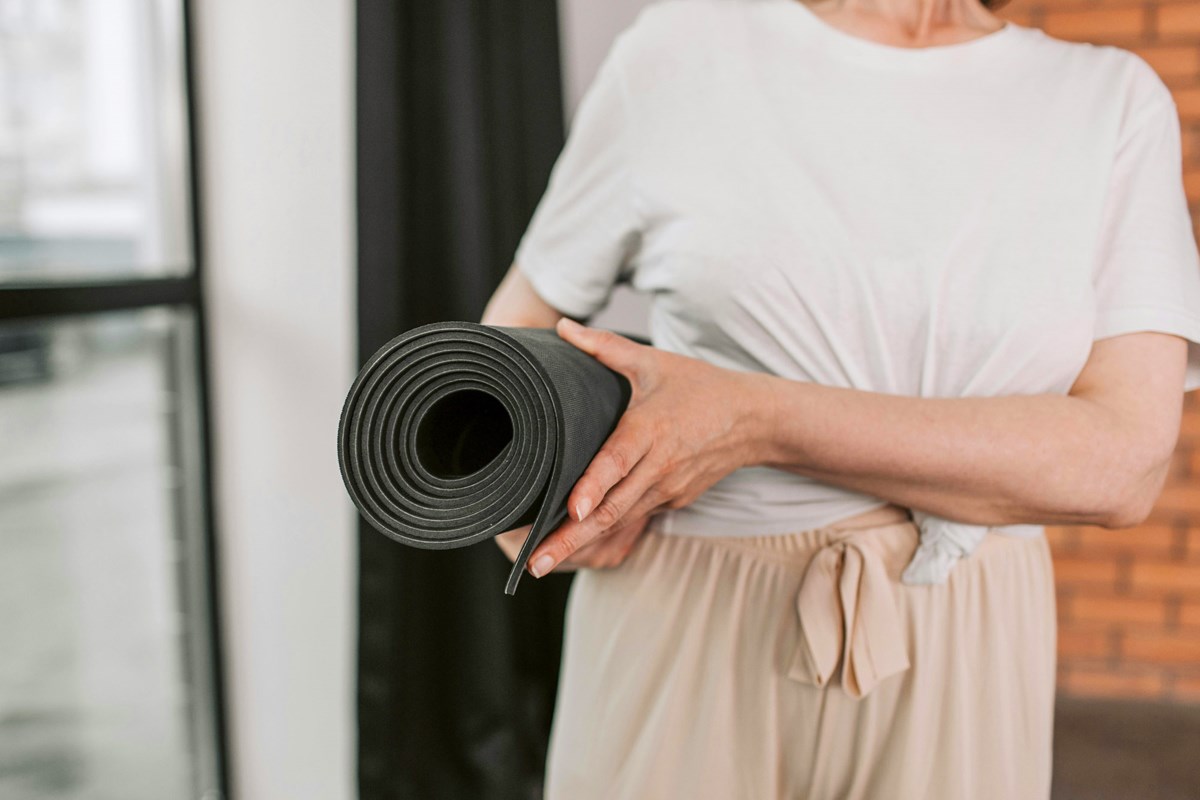I’m A Fitness Expert ― Avoid This 1 Common Running Mistake To Prevent Injuries

Whether you’re attempting a couch to 5k as a New Year’s resolution or are a seasoned sprinter, chances are you’ll experience the odd twinge as we go into 2025.
It’s sometimes normal to experience a little aches after running, especially if you’re completely new to it, the Orthopedic Institute of Pennsylvania says.
But Yale says roughly half of runners will go on to sustain an actual injury, which can discourage you from the sport or ruin your marathon prep.
That’s what happened to me in 2018, when my daily runs started to seriously damage my calves, knees, and hips. I only started again in 2024, and have *touch wood* had no injuries since.
That’s partly because I’m sticking to advice Mark Harris, a fitness expert at Mirafit, shared with HuffPost UK ― he advises, “incorporating strength training into your routine isn’t just about building muscle, it’s about becoming a more efficient, powerful, and resilient runner.”
Why does strength training matter for running?
It helps in multiple ways, Mark shared.
For one thing, “Stronger muscles, tendons, and ligaments create a more resilient musculoskeletal system, providing essential support for your joints and maintaining proper alignment during repetitive movements like running.”
He adds, “Strength training targets key areas such as the hips, glutes, and core, which help stabilise the pelvis and legs, reducing undue stress on the knees, ankles, and lower back.”
“By improving biomechanics and how your body moves and absorbs impact, you minimise compensatory movements that can lead to imbalances and injuries.”
That means conditions like shin splints, runner’s knee, Achilles tendonitis, and IT band syndrome are far less likely to develop.
We’ve written before at HuffPost UK about why your “stiff” hip, which you think needs stretching, may actually be a weak hip that needs strengthening.
Personally, I’ve found Mark’s advice rings true ― I haven’t had a single running injury since lunging, squatting, and doing RDLs like my life (or legs) depend on it.
Which exercises help to prevent running injuries?
Mark says we should aim for two to three strength-training days a week.
“Focus on functional movements like squats, lunges, and deadlifts to mirror running mechanics and strengthen key muscle groups,” he advises.
“Single-leg exercises, such as step-ups and single-leg deadlifts, are essential for improving balance and coordination. Don’t underestimate the power of core work; planks, side planks, and Russian twists stabilise your torso and help maintain proper running form,” Mark continued.
“Upper body exercises, like push-ups and rows, boost arm drive and overall stability, while plyometrics like box jumps and bounding build explosive power.”
The fitness expert shared the following beginner-friendly runner’s strength workout:
1. Warm-Up (5–10 minutes)
2. Dynamic stretches: high knees, leg swings, walking lunges.
3. Main Strength Session (30 minutes)
- Squats: 3 sets of 12 reps
- Deadlifts: 3 sets of 10 reps.
- Plank: Hold for 60 seconds (3 rounds).
- Step-ups (weighted): 3 sets of 10 reps per leg.
- Push-ups: 3 sets of 10–15 reps.
4. Side planks: Hold for 45 seconds on each side (2 rounds).
5. Cool-Down (5 minutes)
6. Static stretches: hamstring stretch, quad stretch, child’s pose.
Related
Woman who shed 32 kg shares 3 weight loss tips…
Fitness influencer and ‘realistic fitness coach’ Kols believes sustainable weight loss tips can help you achieve the fat-loss goals you have set up in you
Nude athleisure and Yoga goals: Jacqueline Fernandez stuns fans with…
Bollywood diva and fitness icon Jacqueline Fernandez was seen kicking off 2025 with a bang, as the actor recently took to her social media handle to share a m
THE BALANCED LIFE: Functional Fitness could be for you
It’s January 2, you’re at one of Pelham’s great cafes discussing your New Year's fitness resolution over a double latte and chocolate brownie wit
Jane Fonda spills the beans on her fitness routine
Jane Fonda spills the beans on her fitness routineJane Fonda is letting her fans in on her wellness journey after recently turni










